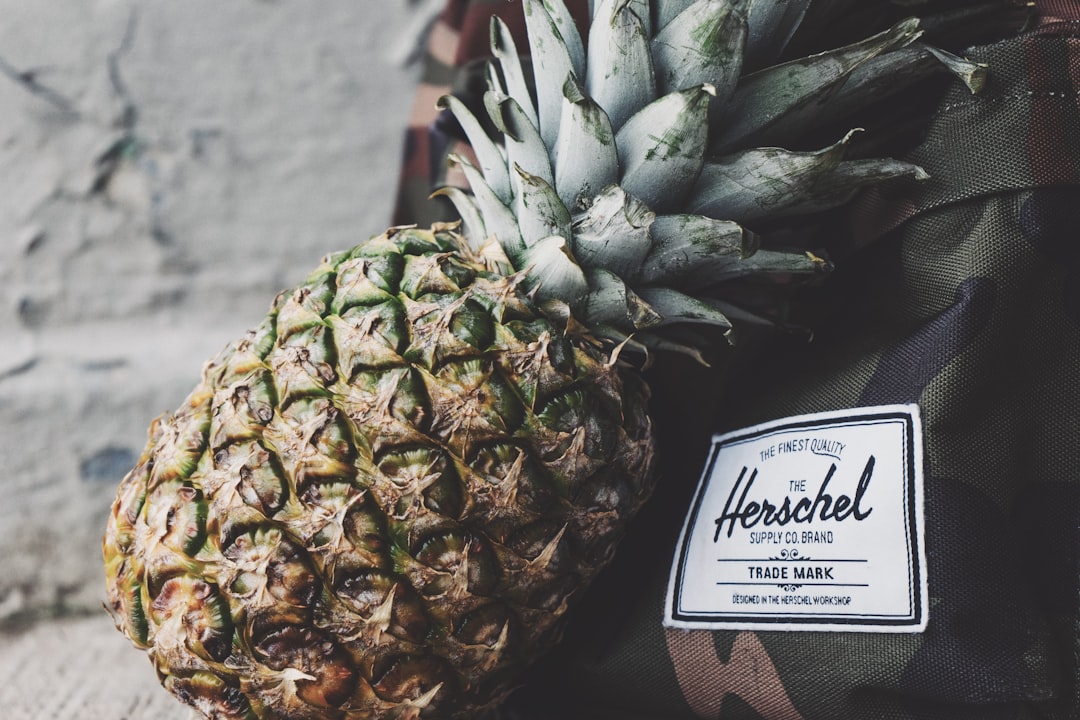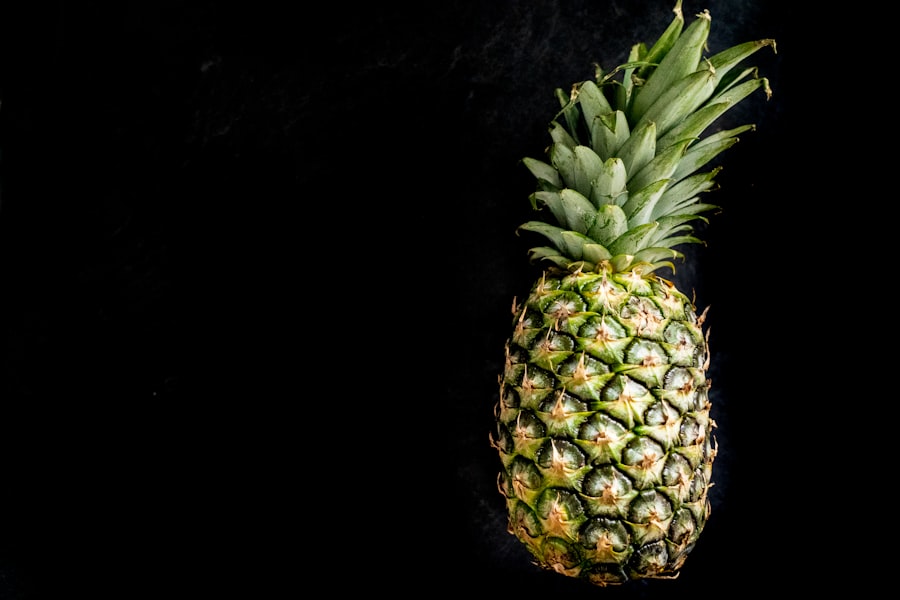Growing Pineapples: Tips for Planting and Cultivating

Pineapple cultivation is an important agricultural practice that has been carried out for centuries. Pineapples are tropical fruits that are loved for their sweet and tangy flavor, as well as their numerous health benefits. However, successfully growing pineapples requires careful attention to various factors such as location, soil preparation, variety selection, planting method, watering and fertilizing, pest and disease management, pruning and harvesting, storage and ripening, propagation, and sustainable farming practices.
Choosing the Right Location for Pineapple Plants
Choosing the right location is crucial for the successful cultivation of pineapples. Pineapples thrive in tropical and subtropical climates with temperatures ranging from 60°F to 90°F (15°C to 32°C). They require a minimum of six hours of direct sunlight per day. Additionally, pineapples need protection from strong winds, as they can easily be damaged by strong gusts.
Preparing the Soil for Pineapple Cultivation
Before planting pineapples, it is important to prepare the soil properly. Soil testing and analysis should be conducted to determine the pH level and nutrient content of the soil. Pineapples prefer well-drained soil with a pH level between 4.5 and 6.5. If the soil pH is too high or too low, amendments such as lime or sulfur can be added to adjust it.
Selecting the Best Pineapple Variety for Your Climate
| Pineapple Variety | Climate | Yield (per acre) | Days to Maturity | Size (lbs) | Taste |
|---|---|---|---|---|---|
| Smooth Cayenne | Tropical | 80-100 | 18-20 months | 3-5 | Sweet, tangy |
| Queen | Subtropical | 60-80 | 20-24 months | 2-4 | Sweet, mild |
| Red Spanish | Tropical | 60-80 | 18-20 months | 3-5 | Sweet, juicy |
| Abacaxi | Temperate | 40-60 | 24-30 months | 2-3 | Sweet, aromatic |
There are several different varieties of pineapples available, each with its own unique characteristics. When selecting a pineapple variety, it is important to consider its adaptability to your climate and soil type. Some varieties are more tolerant of cold temperatures or drought conditions than others. Disease resistance and yield potential are also important factors to consider when choosing a pineapple variety.
Planting Pineapple Suckers vs. Seeds: Pros and Cons
There are two main methods of planting pineapples: using suckers or seeds. Suckers are small shoots that grow from the base of the pineapple plant. They can be separated from the parent plant and replanted to grow new pineapple plants. Planting suckers is a quicker and more reliable method of propagation, as they are already mature and have a higher chance of survival. However, planting from seeds allows for more genetic diversity and can result in new and unique pineapple varieties.
Watering and Fertilizing Pineapple Plants for Optimal Growth

Proper watering and fertilizing are essential for the optimal growth of pineapple plants. Pineapples require regular watering, especially during dry periods. However, overwatering can lead to root rot and other diseases. It is important to water pineapples deeply but infrequently, allowing the soil to dry out between waterings. Fertilizer should be applied regularly to provide the necessary nutrients for growth. A balanced fertilizer with equal amounts of nitrogen, phosphorus, and potassium is recommended.
Common Pests and Diseases to Watch Out for in Pineapple Cultivation
Pineapple plants are susceptible to a variety of pests and diseases that can affect their growth and yield. Some common pests include mealybugs, aphids, and nematodes, while common diseases include fusarium wilt and root rot. It is important to regularly inspect pineapple plants for signs of infestation or infection and take appropriate measures to prevent or control them.
Pruning and Harvesting Pineapple Plants: Best Practices
Pruning is an important practice in pineapple cultivation as it helps to promote healthy growth and improve fruit quality. Pruning should be done when the plant reaches maturity, usually after about 12-18 months. The top of the pineapple plant can be cut off to encourage the growth of side shoots, which will produce new fruit. Harvesting should be done when the pineapple is fully ripe, which can be determined by its color and smell. A sharp knife should be used to cut the pineapple from the plant, leaving a small portion of the stem attached.
Storing and Ripening Pineapples After Harvest
After harvesting, pineapples should be stored and ripened properly to maintain their quality and flavor. Pineapples can be stored at room temperature for a few days, but they should not be kept for too long as they will start to deteriorate. To ripen pineapples, they can be placed in a paper bag with a ripe apple or banana. These fruits release ethylene gas, which speeds up the ripening process.
Propagating Pineapple Plants: Tips for Successful Reproduction
Pineapple plants can be propagated through sexual or asexual reproduction methods. Sexual reproduction involves collecting and storing pineapple seeds, which can then be planted to grow new plants. Asexual reproduction involves using suckers or slips, which are small shoots that grow from the base of the pineapple plant. Suckers can be separated from the parent plant and replanted to grow new pineapple plants.
Sustainable Pineapple Farming: Eco-Friendly Practices for a Healthier Planet
Sustainable farming practices are becoming increasingly important in pineapple cultivation to reduce environmental impact and promote biodiversity. Some examples of eco-friendly pineapple farming methods include organic farming, integrated pest management, and water conservation techniques. These practices help to minimize the use of synthetic pesticides and fertilizers, reduce soil erosion, and conserve water resources.
In conclusion, successful pineapple cultivation requires careful attention to various factors such as location, soil preparation, variety selection, planting method, watering and fertilizing, pest and disease management, pruning and harvesting, storage and ripening, propagation, and sustainable farming practices. By following proper cultivation practices, farmers can ensure the healthy growth of pineapple plants and achieve higher yields. Additionally, adopting sustainable farming practices can help to protect the environment and promote a healthier planet for future generations.



